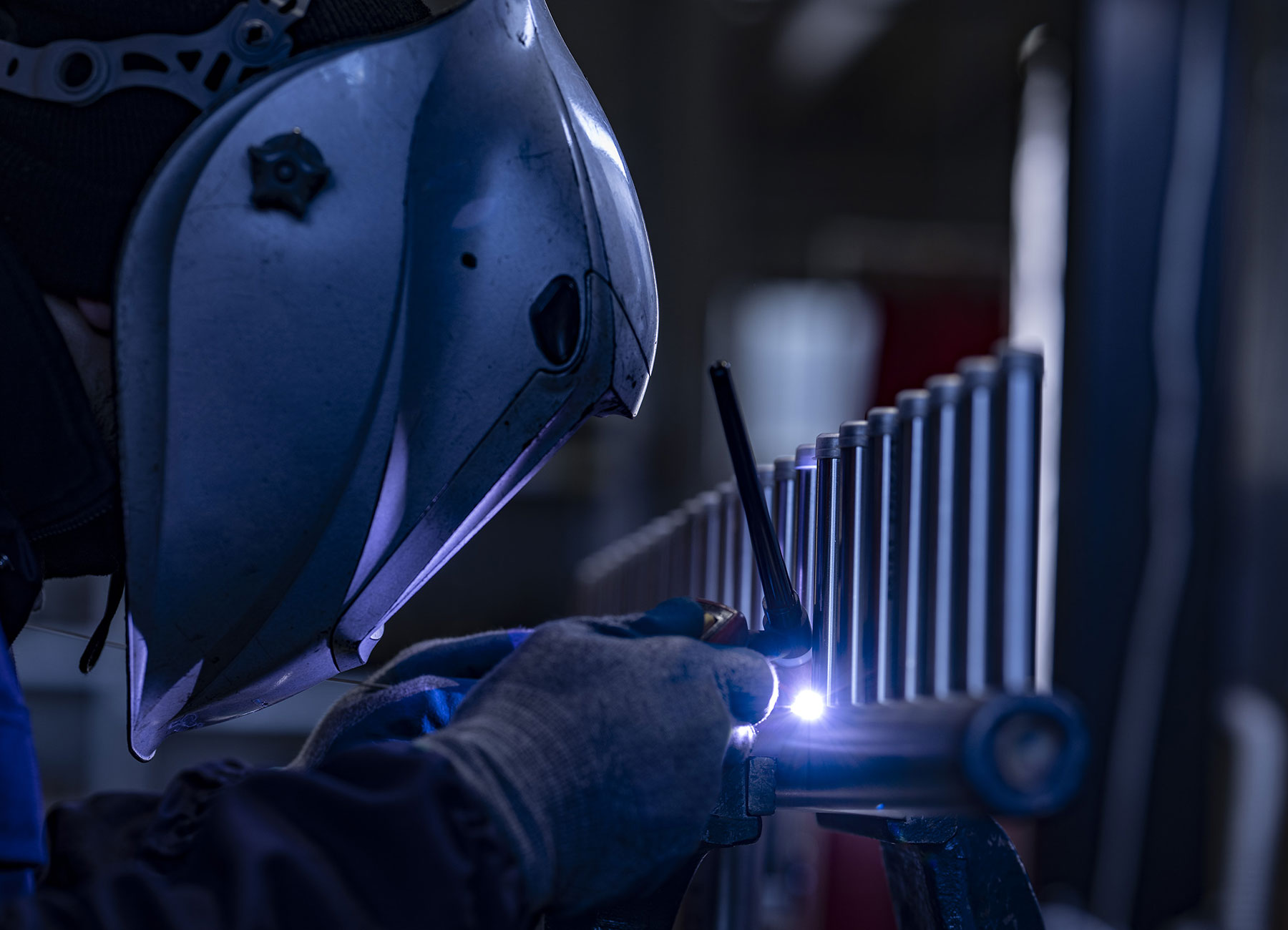There are many reasons why stainless steel is carving out a significant share of the heat exchanger market.
Corrosion Resistance: Stainless steel, particularly AISI 304 and AISI 316, boasts remarkable corrosion resistance. This property is crucial for heat exchangers, which often encounter aggressive fluids or varying temperatures. Whether dealing with hot water, chemicals, or steam, stainless steel resists corrosion, ensuring longevity and reliability.
High Strength: Heat exchanger tubes endure mechanical stresses due to pressure, temperature fluctuations, and fluid flow. Stainless steel provides excellent tensile strength, allowing the tubes to withstand these forces without deformation or failure.
Hygienic and Easy to Clean: In applications such as food processing, pharmaceuticals, or HVAC systems, cleanliness is crucial. Stainless steel surfaces are smooth, non-porous, and easy to sanitize. The absence of crevices prevents bacterial growth, making it ideal for heat exchangers where hygiene is essential.
Our dedicated department for the production of steel manifolds is continuously evolving, both technologically and in terms of size.
We are capable of assessing any request and collaborating on a co-design phase to develop the most suitable product for the final application.
